Completion of Much Needed Rainwater Catchment Tank
On December 8, the village of Buguta, and six surrounding villages, celebrated the transfer of the Kula Kila rainwater catchment tank to the community. Wildlife Works installed the tank, which was funded by ASOS Foundation, the foundation arm to ASOS, a fashion client of SOKO, which is a partner factory located in our sanctuary. The tank, engineered for water collection ease, has greatly enhanced the villagers’ lives.
Women from the seven villages started off the festivities with a traditional dance called Girama. The ward’s administer, a member of the county assembly, village elders from the seven villages, Wildlife Works representatives, and a SOKO Trust representative spoke at the dedication ceremony.
The Kula Kila catchment is on a large, natural rock outcrop, above Buguta village. The rock portion that is utilized is approximately one hectare in area. This area was cleared of loose soil and sand, and small guide walls were built around the edge of the rock face. These guide walls catch the rainwater run-off, and channel it to a central collection point at the lowest point of the rock face. The water then passes through a settling tank, where grains of sand or silt can settle, before being fed through pipes to storage tanks. Each tank holds 250,000 liters of water. From the tanks there is an outlet pipe leading to taps, from which community members can fill water containers.
Providing water to these communities, in a central location, saves women and children considerable time walking to a clean water source, which has enabled the community to increase agricultural productivity, improve education, create improved and safer housing, and enhance health.
Prior to the installment of the water catchment system, villagers were walking up to 20 kilometers to fetch water or buying water from water trucks. Now, they walk up to 1.5 kilometers to the tank. Mary Mghendi, Kula Kila Water Project Committee Chairman, spoke of benefits that the tank provides the community. She said quicker access to water frees villagers’ time to do more farming. Children now spend more time studying and less time fetching water. Due to greater water availability, villagers have begun creating sturdier and safer housing made of bricks, instead of traditional thatch. Brick houses are more durable, cooler in the hot season, and safer because they are not as flammable. Fewer people are getting sick from waterborne diseases, which are commonly derived from dirty well water.
The ceremony ended with Wildlife Works staff, a Member of the County Assembly (MCA), Abraham Juma, and a member of the community cutting the ribbon and planting trees. The villagers were greatly appreciative of ASOS Foundation’s contribution to their community, which has improved their quality of life in numerous ways.
Since 2011, Wildlife Works Kasigau Corridor REDD+ Project has completed a total of 10 water projects serving over 26,000 community members.

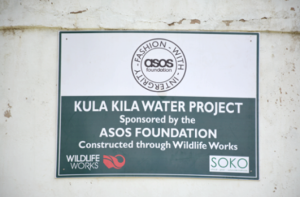
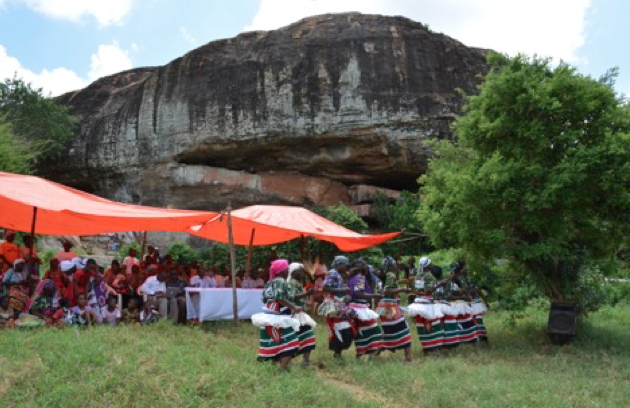
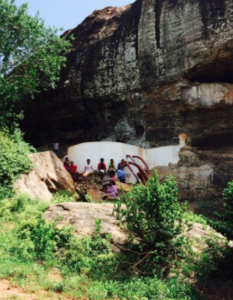
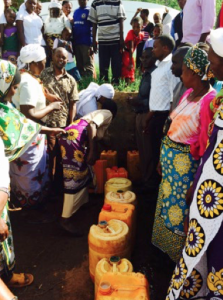
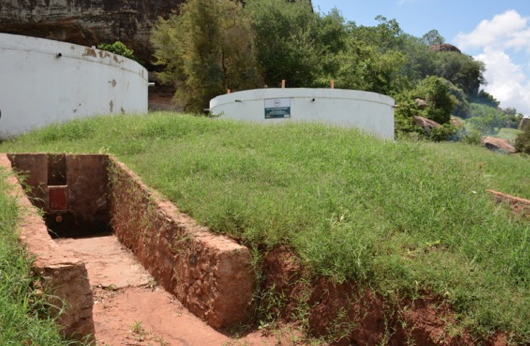
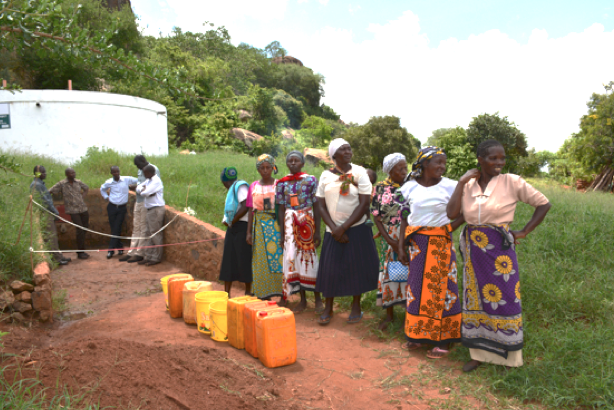
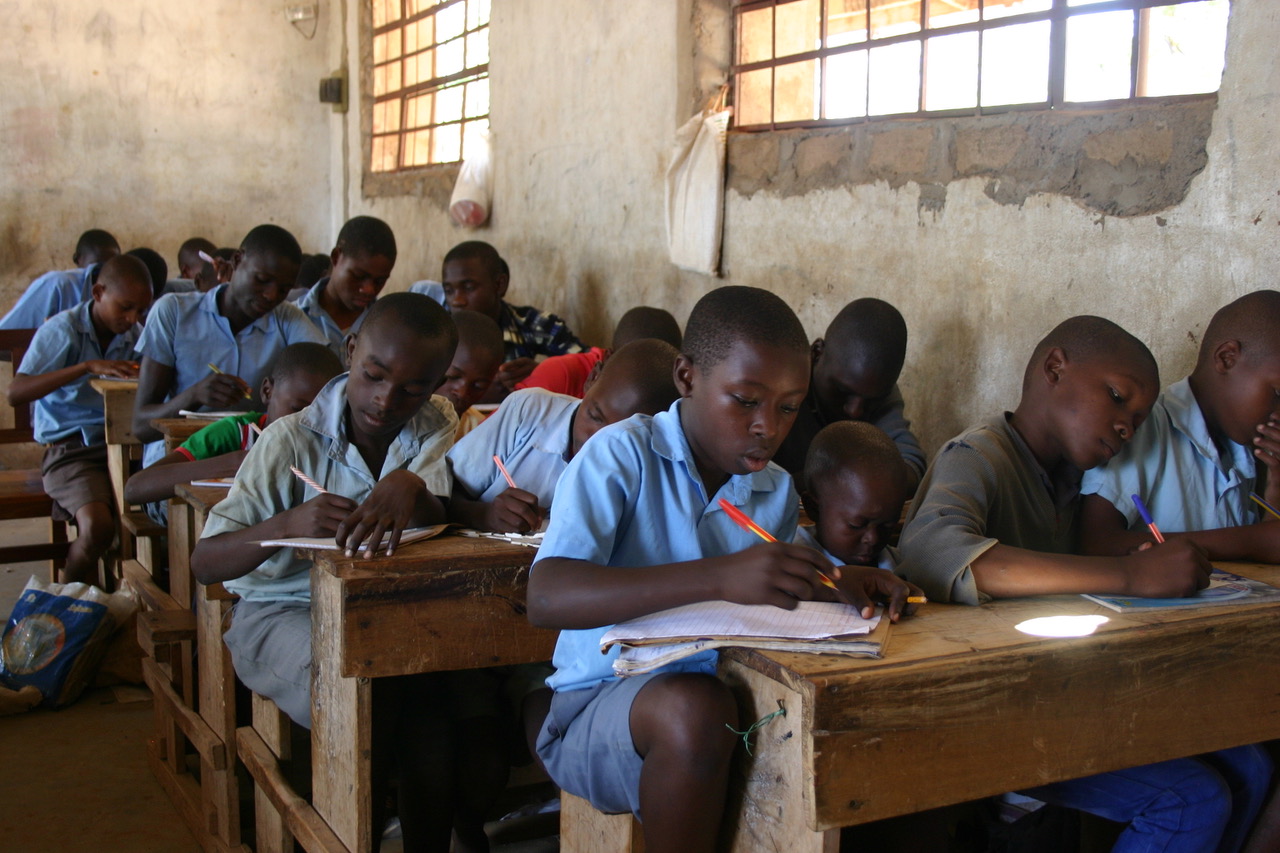
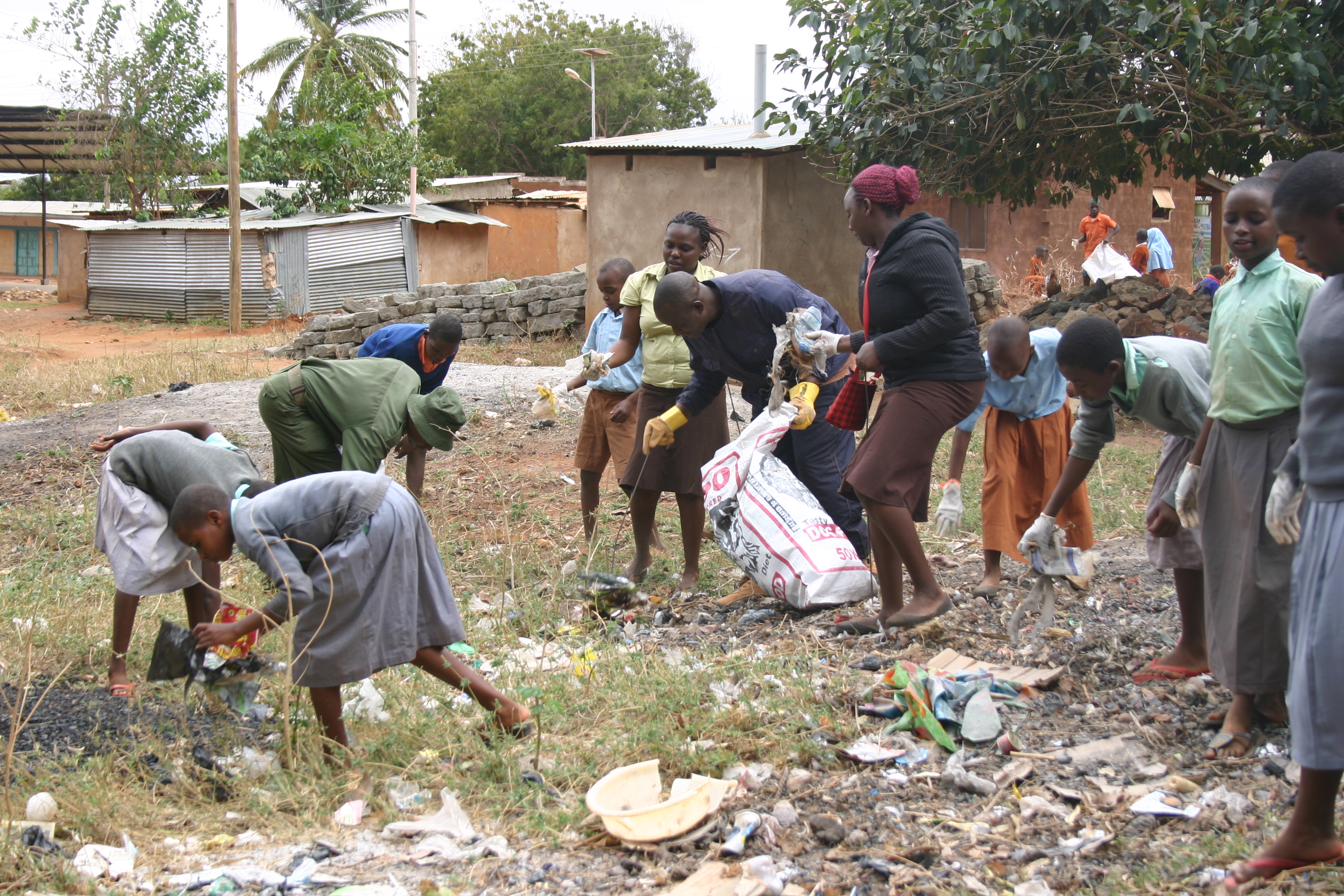

One Comment
zipporah
Hello,
This is great job, how ever i would suggest for more water harvesting and storage for the locals ie water pans and earth dams where residents and cattle get water easily without going to the forest where they will interfere with wildlife animals.water kiosks and cattle troughs be constructed,otherwise we thank you so much.